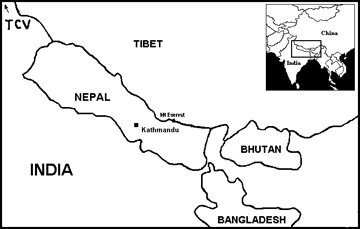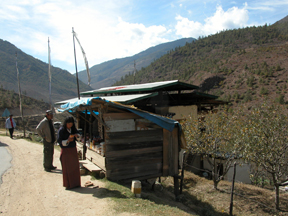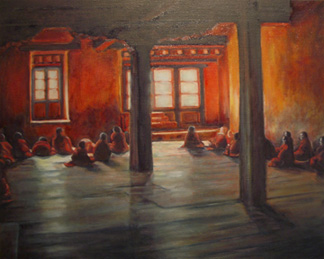HOME PAGE: MONTESSORI BHUTAN PROJECT, 2006-2013 |
||
| Bhutan has only been open to the West since the 1960's. Since then the first schools have been created and the country is following a policy of GNH or "Gross National Happiness" instead of GNP (gross national product). Although traditional education has been the norm, it has become evident that it is Montessori education, when done well and completely and beginning at a young age, that shows the most promise for the future of Bhutan. This system of education develops far more than academic skills; it prepares students to adapt to and thrive in an unpredictable future, and to care for others and the environment. | ||
|
|
2006-2013: UPDATE 2010: Susan's emails home: text and photos-Montessori class 2008: 2008 trip 2006: |
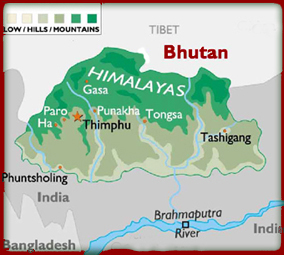 |
 |
A very important part of introducing Montessori education into a country is gaining an understanding of the traditional life, the practical life, of the culture: the care of the person, the environment, and the traditional manners and courtesy. This area of learning forms the basis of a Montessori education; It helps children to develop awareness of others, responsibility, critical thinking, logic, concentration, independence, and respect for self, others and the world. With this solid foundation, motor- sensorial skills and academic studies follow easily and successfully. Montessori FAQ The pictures on these pages were taken by Susan Stephenson during her first trip in 2006, and the links above share the next two visits. |
 |
| A "Dzong" has been for many years the center of government, of religion, and of education in Bhutan. This is the Paro Dzong. |
|
Bhutan is mostly still an agrarian society. These people are sorting a new crop of potatoes, a staple food for the country. |
|
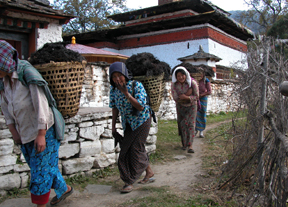 |
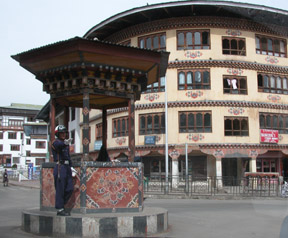 |
This is a typical shop on the road between Paro and Thimphu. |
Women and men share equally in the work in Bhutan. |
Thimphu is the largest city in this country of less than 1 million population. There are traffic men, no traffic lights, in the country. |
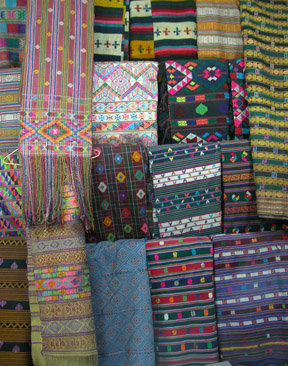 |
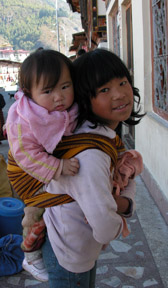 |
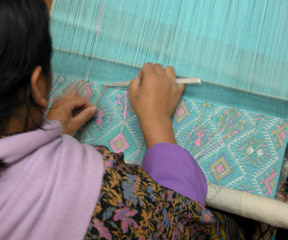 |
| Bhutan is famous for its weaving. For generations each family has hand woven the cloth for their daily costumes. | Young children are seen everywhere, often carried on the back of siblings, parents, grandparents, friends, absorbing the life around around them even before they can walk. | This is a woman weaving fabric to sell to visitors, in a beautiful fabric museum in Thimphu. |
 |
|
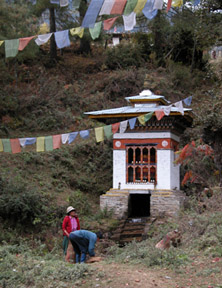 |
|
One day we stopped in the little town of Paro so Kinley could get a shoe fixed. This is the outside of the shoe shop. |
And this is the inside of the shoe shop |
Buddhism is large and important part of life for most of the Bhutanese people. This little temple is between Paro and Thimphu. |
Susan Mayclin Stephenson received her first Montessori diploma in 1971, just when the Africa project Help the Children, outreach by MMI her training center in London began. After the formation of the Michael Olaf Company (see history) she and her husband were able to help raise money for this project in Tanzania. Since then, Michael Olaf has funded all of Susan's international volunteer work. Susan's bioA Montessori Birth to Three Article: comparing on the early life in Bhutan with Montessori 0-3 principles: Bhutan 0-3 |
PAINTING TO THE RIGHT: Susan often tries to capture her impressions in oil paintings, in order to be able to share her experiences with others at home. The painting on the right was done in oil, from photographs the teacher graciously allowed Susan to take, shows a class of young monks at the Dzong in Paro. |
|
